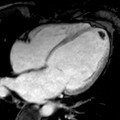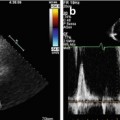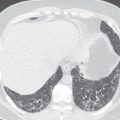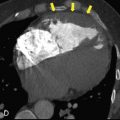Autistic children find it difficult to survive in conditions where there is no structure, no idea, and no intentionality in social life. In addition to clinical treatment, as well as the educational one, the community programs are crucial to assist the autistic children in learning to acquire the necessary skills in life, to establish relationships, and to feel confident.
Autism community programs cannot be discussed simply as peripheral activities; they are the lifelines of bonding that help to connect the school therapy with actual life.
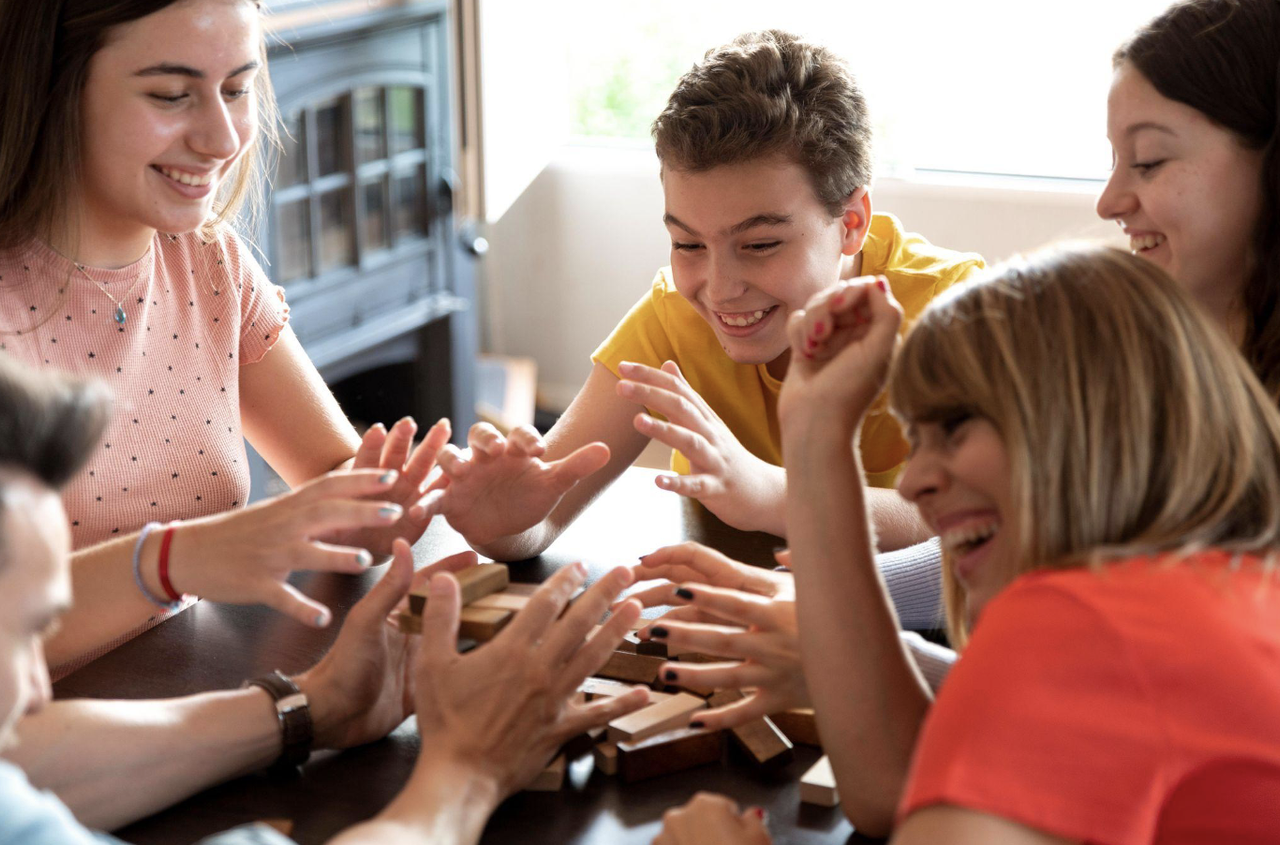
Finding the Right Program for Every Child
Alongside stem cell therapy for an autistic child, the initial step towards locating the proper community program would be to know the child’s personal strengths, sensitivities, and interests.
Programs that can be sought by parents and caregivers.
- Autistic individuals have trained staff and volunteers who have knowledge about autism and who tolerate supportive communication techniques.
- Routine and visual schedules make children feel safe.
- An environment that is sensory-friendly and minimizes overstimulation.
- Restricted groups to enable one-on-one attention.
- Wiggle room to rectify the activities according to the comfort of each child.
Recommendations can be obtained from local autism organizations or from professionals such as those from Swiss Medica.
Social and Emotional Growth Through Peer Interaction
According to the CDC, 1 in 36 children is diagnosed with autism. Social interaction is one of the problems children with autism face throughout most of their lives. Inclusion-based community programs offer a formalized space for children to play, communicate with each other, and build friendships in an inclusive, friendly environment.
Some successful social autism community programs are:
- Groups under social skills are facilitated by therapists or trained facilitators.
- Special teams in sports, special teams include inclusive sport teams like Unified Sports, adaptive recreation leagues, etc.
- Drama and art classes love self-expression in the form of art.
- Game clubs, in which children can interact based on a common set of interests, such as playing board games or coding.
By being involved, the benefit also goes to neurotypical individuals, as they learn to be empathetic, patient, and understanding.
Skill-Building Activities That Go Beyond Therapy
Cooking classes, robotics clubs, or gardening groups with applied cognitive, social, and motor abilities in the natural environment allow children to use cognitive, social, and motor capabilities and skills in amusing yet natural ways.
Such programs are frequently targeted at:
- Life skills (practical, i. e. cooking, cleaning, money management).
- Creative outlet (music, painting, telling of story).
- Coding, robotics, and building project (STEM learning).
- Outdoor activities (adaptive sporting activities, hiking, equine therapy).
It is also oriented on exploration and fun as opposed to rigorous results. Any success, however minor, is rewarded to make children realize that they can have confidence in their skills.
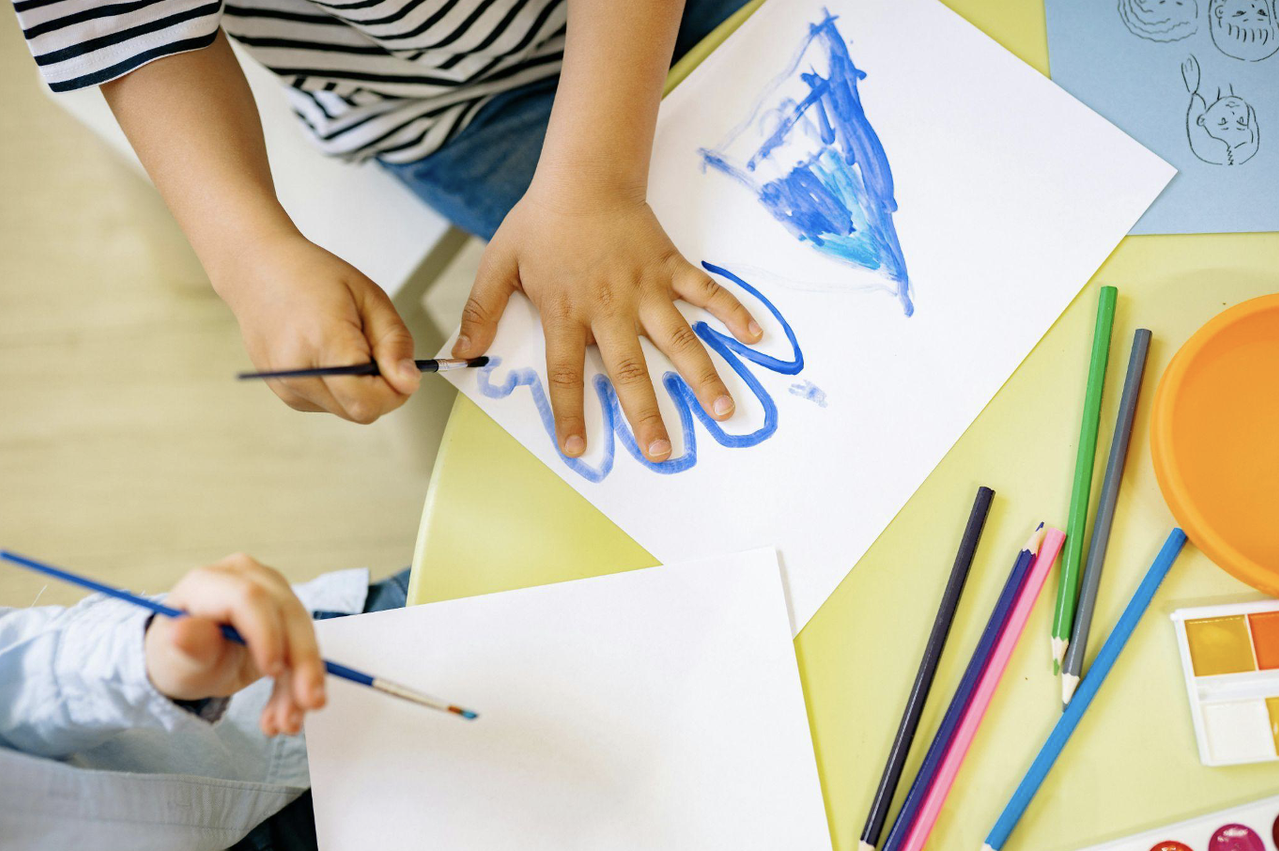
Inclusive Community Events and Awareness Initiatives
An effective community tributes neurodiversity, besides the support it provides to people with autism. Open community gatherings and awareness help form common grounds that the families belong to and can communicate with.
Common examples include:
- Sensory screenings are altered sound and light movies.
- Visitors who want to see the exhibits in peaceful conditions have museum quiet hours.
- Awareness and support for autism by holding fundraisers.
- Awareness days in schools on neurodiversity education of peers.
Some of the activities involved in awareness activities commonly include:
- Business training on the ways to serve customers with a higher sense.
- Radio advertising about local success stories.
- Community activities that can be engaged in as a volunteer.
Participation in these events is accessible and fun, even to the extent of stigma elimination and acceptance culture. They help the families remember that they belong to a community where the contribution of each child is important.
Support for Families and Caregivers
The community programs usually enlarge their mandate to incorporate parental, sibling, and caregiver funding- they are aware that the welfare of the family has a direct bearing on child development.
Support for autistic children may include:
- The use of parent support groups, where there is a safe place to share experiences and tips.
- Seminars and forums about issues such as advocacy, communication, and stress management.
- Respite care providers provide time and rest to the caregivers.
- Sibling support programs that assist the brothers and sisters in knowing about autism and having a sense of belonging.
The programs make systems stronger with families, be it through empowerment of their families through knowledge and emotional support.
Measuring Success and Long-Term Benefits
The effectiveness of the community programs to deal with children with autism can be experienced in the short term and in the long term. Short-term outcomes can be improved social interaction or confidence, but the long-term gains can take place later on to adulthood.
Program indicators of success are:
- Better skills in communication, socialization.
- More freedom in everyday life and choice.
- More involvement in the community and school.
- Higher esteem and greater emotional stability.
In the long run, such kids are likely to show:
- Increased adaptational skills, e.g., coordinating and problem-solving.
- More are ready for higher education or to get a job.
- Increased belonging to their respective communities.
Through quantitative activities, the most rewarding experience can be the emotional one, where a feeling of acceptance takes place.
Conclusion
Community interventions working with children with autism are effective growth, inclusion, and empowerment agents. They transform local neighborhoods into places of belonging, where all children can study, play, and live. Such support for autistic children can bridge the gap between treatment and life in the community by responding individually, fostering connections within a community of peer support, developing essential skills, and engaging families.
Stay updated, free articles. Join our Telegram channel

Full access? Get Clinical Tree


